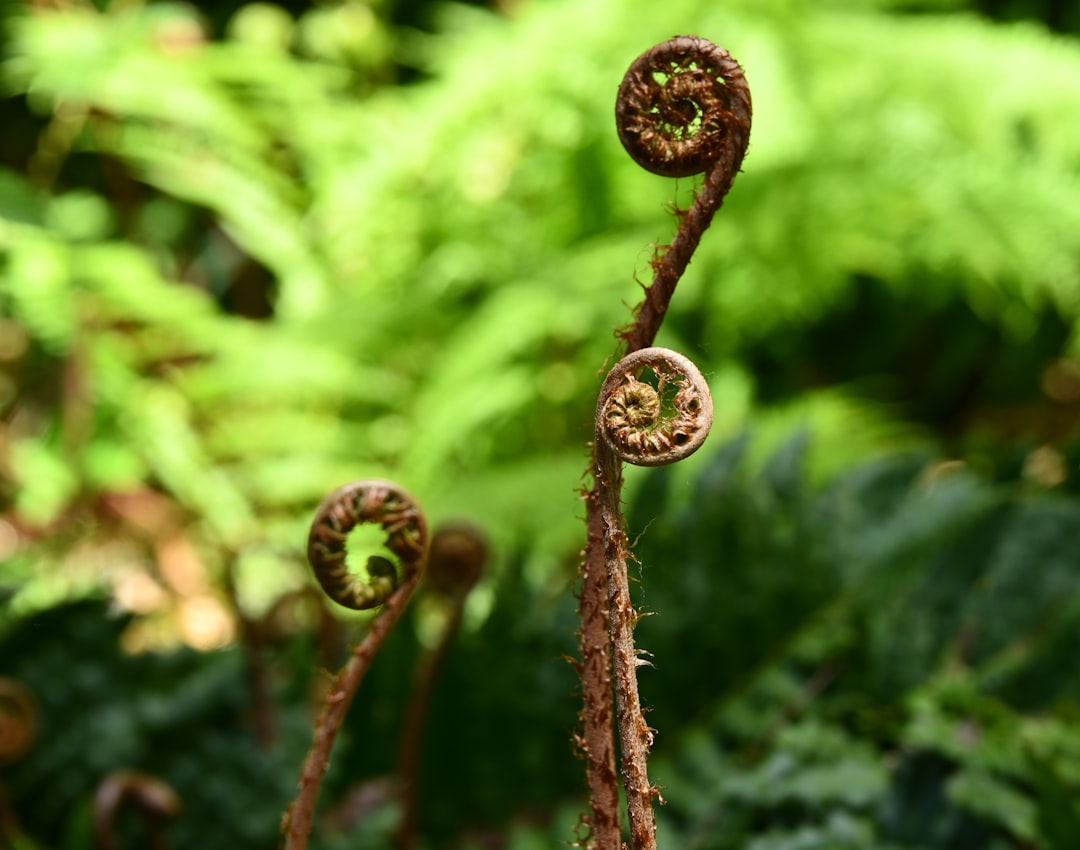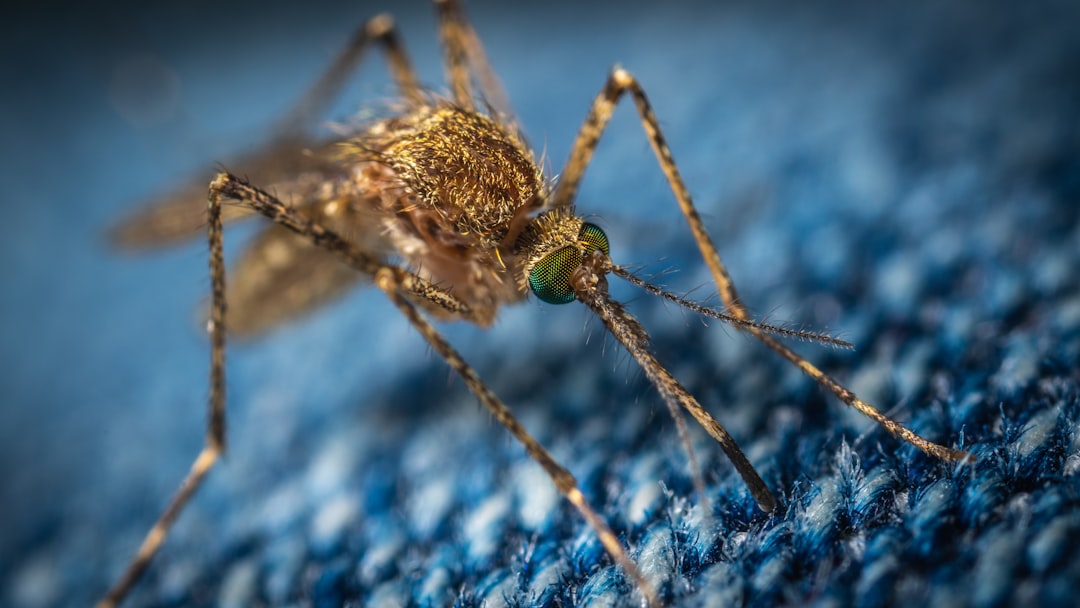What is it about?
Dinosaurs from Southern Patagonia are essential clues to understanding where they came from and how they moved along Gondwanan land masses during the Cretaceous. A microsite at Cerro Fortaleza suggests that several dinosaurs (including ankylosaurs!) and crocodiles lived together in this area.
Featured Image

Photo by Lucas George Wendt on Unsplash
Why is it important?
The teeth can tell us about the diversity of dinosaurs that inhabited a particular place, despite not having found their skeletons. Although no dinosaur skeletons other than titanosaurs have been collected, the association of teeth and osteoderms from the Cerro Fortaleza microsite tells us that titanosaur sauropods, mid-to-large theropods, nodosaurid ankylosaurs, and notosuchian crocodiles inhabited the area. This is how a microsite, estimated to have been deposited during a limited period of time, opens a window to a particular moment in history during the Late Cretaceous, where we can be pretty sure that the animals found in the sample shared the same environment.
Perspectives
Doing fieldwork in these areas was difficult logistically, but our team is trying to continue with the task.
Ariana Paulina Carabajal
Instituto de Investigaciones en Biodiversidad y Medioambiente (CONICET-Universidad Nacional del Comahue)
Read the Original
This page is a summary of: A Late Cretaceous dinosaur and crocodyliform faunal association–based on isolate teeth and osteoderms–at Cerro Fortaleza Formation (Campanian-Maastrichtian) type locality, Santa Cruz, Argentina, PLoS ONE, September 2021, PLOS,
DOI: 10.1371/journal.pone.0256233.
You can read the full text:
Contributors
The following have contributed to this page










